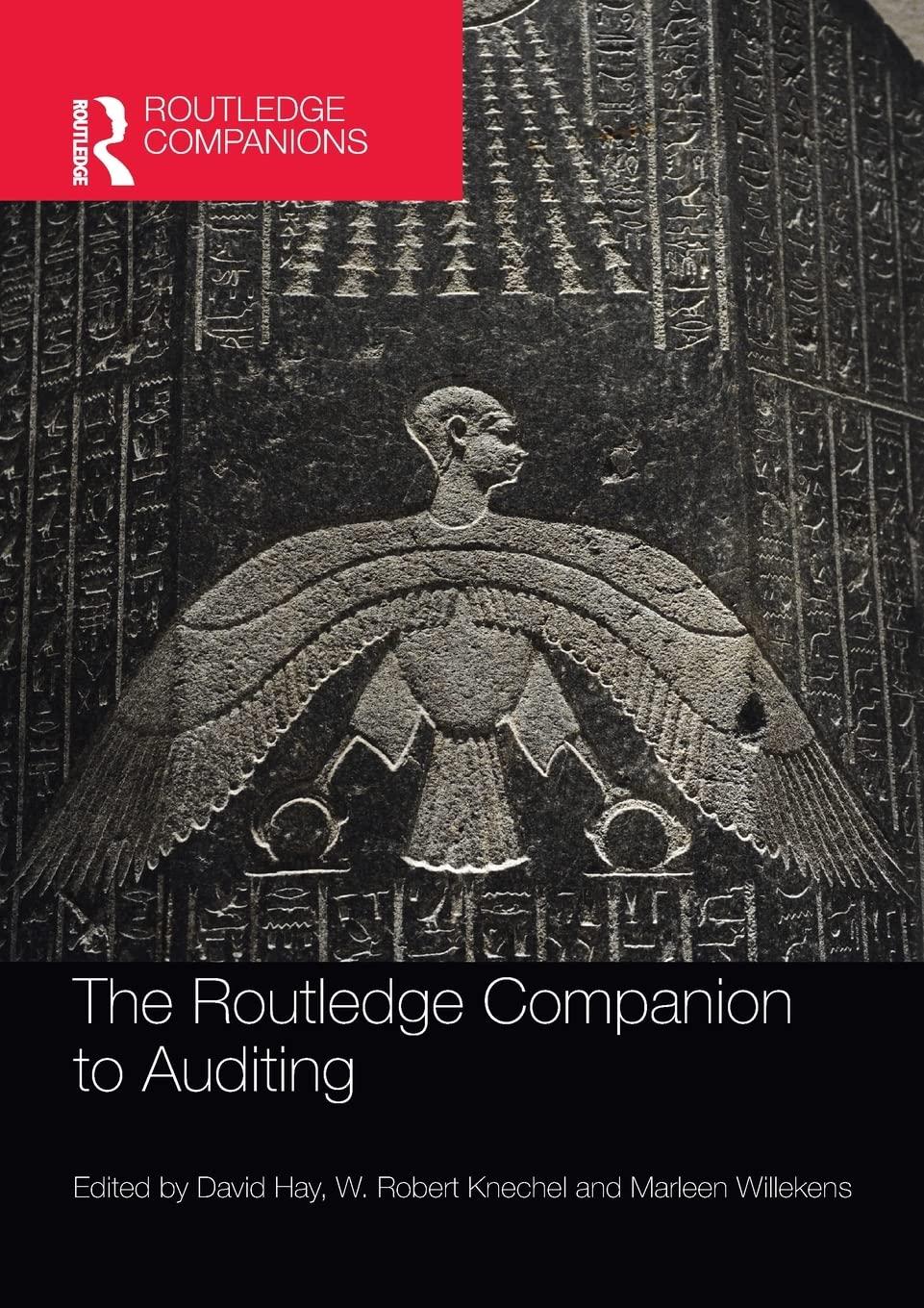Question
Fabric Plant: Budgeted overhead: $1,200,000 (50% fixed) Practical volume (direct labor hours): 120,000 hours Actual overhead: $1,150,000 (50% fixed) Actual hours worked: Weaving and Pattern
Fabric Plant:
Budgeted overhead: $1,200,000 (50% fixed)
Practical volume (direct labor hours): 120,000 hours
Actual overhead: $1,150,000 (50% fixed)
Actual hours worked:
Weaving and Pattern Coloring and Bolting Total
Fabric FB60 20,000 12,000 32,000
Fabric FB70 28,000 14,000 42,000
Fabric FB80 26,000 18,000 44,000
Total 74,000 44,000 118,000
Departmental data on Fabric FB70 (actual costs and actual outcomes):
Weaving and Pattern Coloring and Bolting
Beginning inventories:
Units* 20,000 400
Costs:
Transferred in $0 $100,000
Materials $80,000 $8,000
Labor $18,000 $6,600
Overhead $22,000 $9,000
Current production:
Units started 80,000 ?
Units transferred out 80,000 3,200
Costs:
Transferred in $0 ?
Materials $320,000 $82,000
Labor $208,000 $99,400
Overhead ? ?
Percentage completion:
Beginning inventory 30% 40%
Ending inventory 40% 50%
*Units are measured in yards for the Weaving and Pattern Department and in bolts for the Coloring and Bolting Department._Note: With the exception of the cardboard bolt rods, materials are added at the beginning of each process. The cost of the rods is relatively insignificant and is included in overhead.
Proposed standard cost sheet for Fabric FB70 (for the Coloring and Bolting Department only):
Transferred in materials (25 yards @ $10) $250.00
Other materials (100 ounces @ $0.20) 20.00
Labor (3.1 hours @ $8) 24.80
Fixed overhead (3.1 hours @ $5) 15.50
Variable overhead (3.1 hours @ $5) 15.50
Standard cost per unit $325.80
6. In the Bolting and Coloring Department, 400,000 ounces of other materials were used to produce the output of the period. Using the proposed standard cost sheet, calculate the following variances for the Coloring and Bolting Department:
a. Materials price variance (for other materials only)
b. Materials usage variance (for other materials only)
c. Labor rate variance
d. Labor efficiency variance
In calculating the variances, which method did you use to compute the actual output of the periodFIFO or weighted average? Explain.
Step by Step Solution
There are 3 Steps involved in it
Step: 1

Get Instant Access to Expert-Tailored Solutions
See step-by-step solutions with expert insights and AI powered tools for academic success
Step: 2

Step: 3

Ace Your Homework with AI
Get the answers you need in no time with our AI-driven, step-by-step assistance
Get Started


